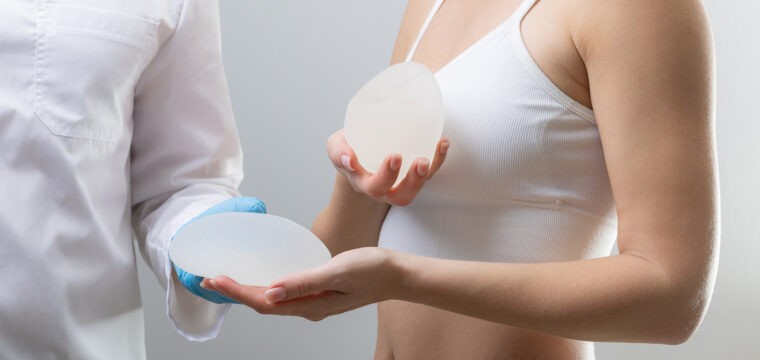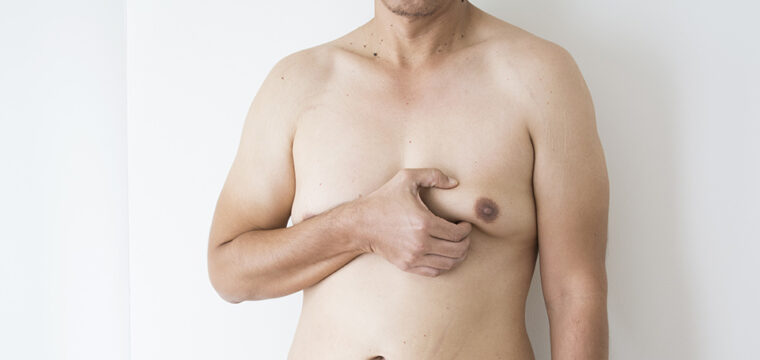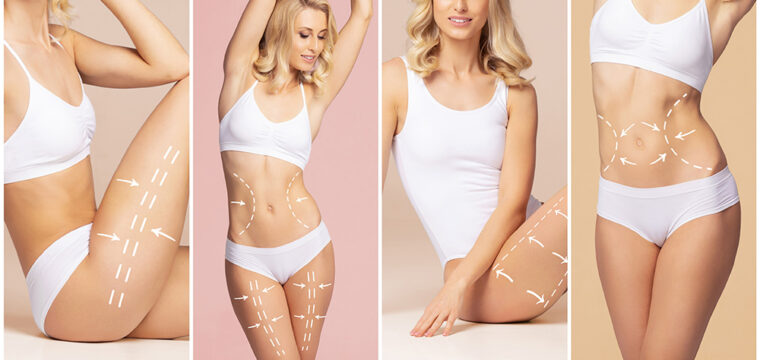- 15 August 2025
- Mr A. Siddiqui
Last updated on August 12, 2025
Table of Contents
ToggleAt Breast & Body Clinic UK, we know that no two bodies—or breasts—are exactly alike. In fact, having one breast slightly different in size or shape from the other is incredibly common. But for some women, the difference is more noticeable, leading to questions like: “Why is one of my breasts bigger than the other?” or “Are uneven breasts normal?”
In this article, we explore what causes asymmetrical breasts, how to tell when it might be more than just a minor difference, and what options—both surgical and non-surgical—exist to correct breast asymmetry if it affects your comfort or confidence.
What Are Asymmetrical Breasts?
Asymmetrical breasts simply refer to a difference in size, shape, position, or volume between the two breasts. Some women may notice a slight difference that’s only visible in certain bras or tops, while others have more pronounced asymmetry that may affect how clothing fits or how they feel about their appearance.
This condition is sometimes called:
- Uneven breasts
- Breast volume asymmetry
- Breast shape asymmetry
It can affect the breast mound, areola, nipple height, or breast fold position—and can occur on one or both sides in varying ways.

Why Is One of My Breasts Bigger Than the Other?
There are many natural and medical reasons for breast asymmetry. Understanding the cause can help guide your options if you’re considering correction.
1. Normal Developmental Variation
It’s common for breast buds to grow at different rates during puberty. For many women, this natural asymmetry persists into adulthood. In fact, mild asymmetry is seen in over 50% of women and is usually nothing to worry about.
2. Hormonal Changes
Fluctuations in hormones—such as during menstruation, pregnancy, breastfeeding, or menopause—can temporarily cause one breast to swell more than the other. This usually settles over time.
3. Fibrocystic Breast Changes or Lumps
Benign conditions like breast cysts or fibroadenomas may cause one breast to feel fuller or appear larger. If the asymmetry is sudden or painful, it’s always best to get it checked.
4. Breastfeeding or Pregnancy
Milk supply is rarely equal in both breasts, and over time, this can cause visible differences in breast volume. After breastfeeding ends, uneven glandular atrophy can contribute to long-term asymmetry.
5. Tubular or Underdeveloped Breast
Sometimes, one breast may not fully develop during puberty due to a congenital condition such as tuberous breasts. This can cause visible differences in volume, shape, and areola projection.
6. Surgical or Traumatic Changes
Past surgeries (e.g. lumpectomy, augmentation, trauma, or burns) may cause structural changes in one breast, resulting in asymmetry.

When to Consider Treatment
Minor asymmetry is considered medically normal and usually doesn’t require correction. However, you might consider treatment if:
- The difference in size or shape is noticeable in clothing or swimwear
- It causes emotional discomfort or self-consciousness
- You experience difficulty finding supportive bras
- One breast is significantly underdeveloped or misshapen
Surgical Options for Correcting Uneven Breasts
At Breast & Body UK, we offer bespoke surgical solutions to correct breast asymmetry—helping patients achieve a more balanced, harmonious silhouette. Your treatment will be personalised based on the type and degree of asymmetry, your anatomy, and your preferences.
1. Breast Augmentation (One or Both Breasts)
If one breast is smaller, a breast implant can be placed to match the larger breast. In some cases, implants are placed in both breasts using different sizes for symmetry.
2. Breast Reduction (One or Both Breasts)
If one breast is significantly larger, a breast reduction can reduce its volume and improve symmetry. This is commonly done in combination with a lift for optimal results.
3. Breast Lift (Mastopexy)
A breast lift may be used to adjust the nipple position or breast shape—particularly if one breast sits lower or sags more than the other.
4. Fat Transfer
Fat can be harvested from another part of your body (such as the thighs or abdomen), purified, and injected into the smaller breast for a subtle, natural enhancement. This is ideal for patients who prefer not to use implants.
What to Expect from Treatment
At your consultation, we will assess:
- The type of asymmetry (volume, shape, fold, areola, nipple position)
- Your body frame and skin elasticity
- Whether you prefer implants, fat transfer, or reshaping
- Your long-term aesthetic goals
Our team of cosmetic surgeons will develop a personalised plan that focuses on creating natural-looking symmetry, while respecting your existing anatomy and preferences.
Consulting with a Leading Plastic Surgeon at Breast & Body Clinic UK
Choosing to undergo surgery can be a significant step. By understanding more about the procedures, you can make informed decisions about the best options for your unique needs.
If you’re considering a breast procedure, speak to our friendly team today and book a free consultation. At Breast & Body Clinic UK, we can help you determine the most suitable approach for your individual goals and expectations. Our experienced cosmetic surgeons will guide you through the process, ensuring you feel comfortable and confident every step of the way.
FAQs
Are asymmetrical breasts normal?
Yes. In fact, asymmetrical or uneven breasts are incredibly common. Most women have a slight difference in breast size, shape, or position, and it’s usually nothing to worry about unless the asymmetry is sudden or significantly noticeable.
Why is one of my breasts bigger than the other?
There are many possible causes—from normal developmental differences to hormonal fluctuations, breastfeeding, or benign conditions like cysts. In some cases, a structural condition like tuberous breasts may affect how one breast forms.
Can uneven breasts be corrected without surgery?
There are many possible causes—from normal developmental differences to hormonal fluctuations, breastfeeding, or benign conditions like cysts. In some cases, a structural condition like tuberous breasts may affect how one breast forms.
What surgeries fix asymmetrical breasts?
Depending on the cause and severity, treatment may include breast augmentation, breast reduction, a lift (mastopexy), or fat transfer. Often, only one breast needs correction, but both may be adjusted for balance.
Is breast asymmetry a sign of a health problem?
Depending on the cause and severity, treatment may include breast augmentation, breast reduction, a lift (mastopexy), or fat transfer. Often, only one breast needs correction, but both may be adjusted for balance.
The information on the website is for general guidance only and cannot be used as a basis to make a surgical decision, an initial consultation with our doctor is required to help patients make an informed decision before proceeding with any surgical procedure. Any surgical or invasive procedure carries risks. Before proceeding, you should seek the opinion of an appropriately qualified health practitioner
About The Author
Mr A. Siddiqui
Mr Siddiqui is a Consultant Plastic and Cosmetic Surgeon, based at The Countess of Chester Hospital in the Department of Plastic and Reconstructive Surgery. He trained extensively in plastic surgery before becoming a Consultant in the NHS and developing a private practice in Manchester and other areas of the Northwest. He is considered to be one of the top 10 cosmetic surgeons in Manchester.
Categories
- Brachioplasty (3)
- Breast Augmentation (24)
- Breast Health (12)
- Breast Implants (18)
- Breast Lift (10)
- Breast Reduction (14)
- General (2)
- Gynecomastia (2)
- Labiaplasty (2)
- Liposuction (13)
- Mummy Makeover (9)
- Skin Cancer (1)
- Skin Care (1)
- Tummy Tuck (21)
Recent Posts
23 September 2025
16 September 2025
9 September 2025
Liposuction vs. CoolSculpting: How to Choose the Best Option for You
















